
Darien Brown freshman pitcher for Tuskegee University overcame a congenial birth defect before making the Tuskegee team as a walk-on this year.
Photo Credits: Sharon Dowdell
Like many red-blooded American boys, Darien Brown, quickly developed a passion for the game of baseball. He not only enjoyed watching it, but wanted to play the game. Although born in 1998 at the end of the Atlanta Braves impressive decade long run for major league baseball dominance, the hype and hoopla over his hometown team was still going strong when Darien began to focus on his environment, from the walker he used to navigate his world.
Darien grew up in Decatur, Georgia, about 20 miles from Turner Field, at that time home of the Atlanta Braves Baseball franchise. Back then the Braves’ games were beamed into Atlanta area homes on a regular basis. It was easy to see that he would become a fan of baseball. However, simply being a fan of the game was not what turned Darien on. He wanted to play the game with the other kids in the neighborhood.
In addition to the Braves, his love for the game of baseball had been sparked by his father, Darien Brown, Sr., a former high school and semi-pro baseball player. When Darien was born, his dad was playing in a softball league. His mother Sonia Brown was too. She was a catcher in an adult softball league until she had surgery about two years ago. His baby sister, Kayla, born eleven and a half months after him developed an interest in softball. Everyone in his family was involved in baseball and Darien wanted to play the game.
The problem with his desire to play baseball like kids of similar age was complicated by the fact that when Darien was born, doctors did not believe he would be able to walk. His tiny feet were not fully formed; they protruded backward as if screwed into the sockets, of his ankle, pointing in the opposite direction; and doctors were at a lost as to what to do.
Darien was diagnosed with a muscle and joint disorder known to doctors as Arthrogryposis Multiplex Congenita (AMC). It is most frequently referred to as Arthrogryposis. It occurs prior to birth, is present at birth and manifest in reduced mobility in multiple joints. The word Arthrogryposis means crooking of the joint. It comes from the Greek work “arthro” (joint), plus “gryposis” (crooking). The disease can affect any and all joints. Essentially, it presents as an overgrowth of fibrous tissue in the joints, which limits the mobility of the joints. In Darien’s case, it affected his feet, ankles, knees and hip joints.
In his early years, Darien was in and out of the hospital undergoing one surgery after another to correct this congenital birth defect that had limited his ability to walk and run as other boys and girls of his age. Typically, around the age of 10 months, babies began the process of learning to walk, by 14-15 months they usually are walking without assistance. In Darien’s case, this did not happen.
At age three, his mother found a school in their hometown that catered to children like Darien who could not walk. The school remedied the walking problem by giving each child a walker; and for a time Darien had a walker too. But Darien did not like the fact that the walker hindered his mobility anymore than he liked the fact that Arthrogryposis prevented him from engaging with his family when they tossed a ball in the yard.
He wanted to walk on his own so one day, the strong willed three year-old boy, decided that he no longer needed a crutch. He stood up on his own two feet and walked. Although, there is a Charlie Chaplin like shuffle about his gait, he has been moving to the rhythm of life at his pace and under his own locomotion since he was three years-old – crooked joints, be damned.
Where did he get the will and the power to lay down his crutch and walk?
“When Darien was born the doctors told us that he was not going to be able to do much of anything. My husband and I decided that we were not going to teach him to accept that he was any different from anybody else. This is how we talked to him when he was a baby and this is how we raised him to be,” Sonia Brown said.
As a toddler, Darien endured the pain of the surgeon’s scalpel and the rehabilitation required to gain the flexibility in his feet each time the doctors sought to correct this birth defect. His first recollection of the surgeries was when he was six years old. “I don’t really remember undergoing the surgery, but I remember being in the hospital playing with a Nintendo game,” he recalled 13 years later. He had multiple surgeries before age six, a total of 21 in his 19 years of life.
When Darien was five years of age, he wanted to play Pop Warner football. According the Darien, Sr., his son was a good kicker, but his mother vetoed the idea of Darien playing football. Darien pleaded to play football, then one day, he witnessed a kid get injured playing football and decided that there was probably a safer sport for him to play.
About the same time, Darien, Sr., decided that he was going to teach his son the game of baseball as a way to help him feel that he could do anything that any other kids could do. By this time the doctors had successfully turned his feet into a forward position, with each foot protruding outward at a 180 degree angle, his legs were bent at the knee as if he was crouched in the position of a baseball catcher, his upper torso curved down towards his knees. He wore a brace on both legs.
“I didn’t know if he would be able to play baseball. I just knew that I was going to teach him the skills that he needed to have and if he could pick them up, good; and if not then we would know that some things were outside his capabilities,” Darien Sr., said.
Darien Sr. taught the fundamentals of baseball to Darien as if he was a kid who did not have a congenital birth defect that affected his ability to move. Darien went through the drills laboriously, his upper torso bent over, his lower extremity constricted by a proliferation of fibrous tissue wrapped around his joints.

Darien Brown hustling down the sideline before a March 17,2017 game against Morehouse College.
Photo Credits: Sharon Dowdell
Baseball can be a fun game. The act of catching and throwing a ball offers repeated challenges to succeed with each catch and throw. So there was little surprise that the little boy who at three years of age told the world he would teach his crooked joints to walk before he became enslaved to a walker; took to the game of baseball and the life lessons that his father taught during their work-out sessions. He was a fast learner. It was soon time to venture out and play with a team of other five year olds. His parents signed him up to play little league baseball at Wade Walker Park in DeKalb County, Georgia.
“My dad is my hero. He taught me everything I know. He taught me how to play baseball and that I could do anything that I set my mind to do. He will not let me get down on myself,” Darien Jr., said.
Right off the bat, he asked the coach to let him pitch. His coach was not sure that a kid who hobbled when he walked and ran would be an asset to the team on the mound. When it came time to insert him into the lineup (little league rules required that all team members play), Darien was penciled in to play right field.
Darien had a hustle to his shuffle. He would run out to his position in right field as fast as his feet could get him there; and although a viewer could see that he labored to trot out to the field, it seemed as if he was moving right along with the speed of the game. At every opportunity little Darien asked his coach to pencil him in on the mound. The answer was always the same.
“No,” the coach would say.
As Darien grew up and moved from one division of little league to another, the fields got bigger and bigger. It became harder for him to cover the ground in right field. This experiment in baseball that his dad had conceived to see if Darien could overcome the congenial birth defect and play a game enjoyed by other boys his age, appeared to be coming to a halt. There was simply too much real estate to cover in the outfield for a person with Arthrogryposis.
Meanwhile, Darien’s request to pitch continued to get the same response from his coaches.
“No,” they said at every level of play.
Then one day, when Darien had reached nine years of age, the team’s number one pitcher failed to showed up for a game. As fate would have it, the number two pitcher sustained an injury during the game.
The coach looked out to right field and motioned Darien to come to the mound. Coach gave him the ball. To everyone’s surprise (except Darien’s), he got the batters to swing and miss, or ground out; some popped out.
“Darien got up there and it was one, two, and three and the next inning it was one, two, and three,” Sonia Brown beaming with motherly pride recalled that day seven years ago.
He was a hit on the mound. His career as a pitcher had begun. Later that season, Darien came to the attention of Coach Robert Scott when Scott’s team played Darien’s team in the park’s playoff series. Coach Scott’s team was a year older than most of the kids on Darien’s team. They came into the playoffs favored to win the league championship. That was before Darien started twirling his breaking pitches towards home plate. Darien beat Scott’s team, so Coach Scott asked Darien to play on his travel ball team. Darien would not agree to play without first going through a try-out like the other kids in the program. His family had never made any concessions to accommodate his crooked joints and he was not about to allow a little league coach to give him any special treatment.
“DJ did not understand why I did not want him to come to the try outs,” Coach Scott said of Darien, whom he, friends and family members affectionately call DJ.
“There were two reasons; I did not want DJ to try out. First, I had seen him play for a couple of years – I knew what he could do and secondly, I knew if the other parents saw the way DJ walked, they would pester me about how did DJ make the team and their sons with straight joints were not selected,” Coach Scott said.
After Darien had made sure that Coach Scott was not giving him any special treatment due to a perceived disability, Scott had to get the permission of Sonia Brown for Darien to become a part of his baseball program. Darien’s mother was a stickler for mainstreaming her son. When he started school at six years of age, the school wanted to put him in their special education program. Sonia Brown bristled at this suggestion.
“I told them there was nothing wrong with DJ’s mind and he did not need any special education. I insisted that the school treat him like everybody else,” Sonia Brown said.
“Mrs. Brown told me that DJ could play on my team as long as we did not place any limitations on what he could do,” Coach Scott said.
“On the surface there are some obvious limits, but I agreed to Mrs. Brown terms. There would be no limits placed on DJ,” he said.
One day Coach Scott’s commitment to the Browns was tested. Darien was running to field a ball and fell. Scott’s first instinct was to rush onto the field and pick him up. Before he could take a step out of the dugout, he heard Sonia Brown’s voice over the roar of the crowd, “Don’t help him! Let him do it himself!”
A hush came over the park; all eyes were focused on the fallen little boy with crooked joints struggling to get to his feet. He could not do it. He simple did not have the ability to brace himself with his feet to get up. Water rolled from both eyes and down the cheeks of Scott’s face, settling in the corners of his lips, as he remembered what it was like to see DJ seemingly helpless on the ground, struggling to get to his feet.
“He couldn’t get up. I couldn’t help him. He didn’t want my help, Scott said wiping the tears from his face with his right hand, his voice cracking into a sob.
There lay this kid he so wanted to help, everyone in the park, save Darien’s own parents wanted to rush onto the field and pick him up off the turf, but as the French born Cuban essayist Anais Nin once wrote, “Life shrinks or expands in proportion of one’s courage.”
DJ got up on his own volition!
This began an endearing relationship between Coach Scott and Darien. Scott coached him on a middle school team as well as a travel ball club out of Central DeKalb County, Georgia, one of the most successful programs for the development of Black baseball players in the country.
“Before I had DJ, I was reluctant to take my team up to Cobb County and play in any of the tournaments,” Scott said referring to the East Cobb baseball program which perennially ranks as one of the top youth league baseball programs in the country.
“Coming out of pool play, I would hand the ball to DJ. He would win his game and put us in the final four. He only lost one game during the time he was with my team. After that game, the umpire came up to me and said he felt bad that DJ didn’t win the game. When the umpire took off his face mask, I could see that he was crying. That’s the type of impact DJ has on people,” Scott said.
“One year he had a try out for a certain team. When he went to the tryout he had a bowel constriction and needed medical attention. Darien was in pain, but he went through all the drills and remained at the facility for several additional hours waiting to learn if he had made the team. The coaches tried to get him to leave and go to the hospital. Darien was in pain. His competitive nature would not allow him to truly feel that pain. Finally, the roster was posted and DJ had made the team. It was only after he found out that he had made the team that he left to go to the hospital. The next day he had surgery to remove the bowel constriction,” Sonia Brown said.
In 2012, Darien entered the ninth grade at Towers High School in Decatur, Georgia. He hustled his way onto the team as a freshman pitcher. For four years he was able to get Georgia High School baseball batters out with his assortment of pitches. When he was not pitching at Towers, he played first base. His last two years in high school, Darien recorded a pitching record of 5-2 and 5-1 respectively. He made the Georgia High School All Star team both of those years.
In spite of this fact, there were no college baseball coaches knocking down the Browns’ door offering Darien a scholarship to pitch on the college level. He had played well enough to stare down high school batters, sending some of them back to the dugout toting in their hands the alloyed bat that they strode with to the plate. When he show-cased his skills before major league scouts and college coaches, he was clocked at 85 miles per hour, not enough on the radar to interest the scouts who look for that rare kid tossing the ball to the plate in the plus 90’s range. Also, Darien lacked the traditional mechanics that professional pitchers are expected to exhibit.
Darien missed the 2016 Georgia High School Baseball All Star game because his doctors told him about a surgery they could perform on his hip that would help to straighten his legs out. The surgery had been scheduled for February, but Darien wanted to compete in his last high school baseball season, so it was agreed that he would have the surgery after the regular season. When Darien went in for the surgery, he stood about five feet eight inches, his knees were bent and his upper body was curved. The doctors went in and cut through the fibrous tissue around his right hip, then secured it with metal screws. After the surgery, for the first time in his life, Darien stood erect at 5 feet 11 inches.
Many guys without Darien’s physical limitations had called it quits after high school and never dreamed of playing college baseball. No one would have blamed Darien if he had hung up his cleats after his playing days at Towers High School.
But Darien has a passion for baseball – It’s hard to get that love of baseball out of your system -and a knack for getting batters out. He was undaunted. He developed two additional dreams. He wanted to pitch on the college level and he wanted to become an Aerospace Engineer. So Darien enrolled into Tuskegee University, which has one of the top aerospace engineering programs in the country.
Why Aerospace Engineering?
“I like planes. I’ve never been on an airplane, but I like them, so I selected aerospace engineering and Tuskegee had this major,” Darien said.
In September, five months after Darien’s right hip surgery, Tuskegee University’s first year baseball coach, Reginald Hollins, was conducting fall drills with his scholarship players down on Washington Field when a kid, 5 feet 11 inches, 145 pound sauntered onto the field with an awkward strut. Hollins roster was pretty much set.
“He told me he wanted to try out for the team,” Coach Hollins said.

Tuskegee University Coach Reginald Hollins and Darien Brown addressing the players of Eastern New Mexico State University.
Photo Credits: Harold Michael Harvey
“I figured if he had enough courage to walk on the field to ask me if he could try out for the team, I could at least have enough courage to give him a chance to prove what he could do,” Hollins recalls of his first meeting with Brown.
Darien went to work. He shuffled his feet out to the pitcher’s mound where former major leaguers Roy Lee Jackson, Kenny Howell and Alan Mills had commanded respect. He reached into his bag of two seam and three seam fastballs, mixing in a slider and an assortment of curve balls that are released at different points to give him sundry breaks on the ball. He struck out 18 batters during this tryout.
A month later, this writer visited Washington Field at Tuskegee to participate in an Alumni Classic Baseball game. Brown trotted out to the mound, swiftly, although laboring with each step to face alumni batters who had played at Tuskegee as recently as 2016. He threw a couple of innings and although his legs and feet seemed to be going in multiple directions at once, he was getting batters out. This 65 year-old writer, who thought that returning to his alma mater and stepping into the batter’s box to face a 19 year old kid throwing blue dotters on the outer half of the plate took courage, quickly learned what real courage is watching Darien compete for a spot on the Tuskegee roster.
Much like a 120 pound aspiring writer who walked onto the Tuskegee roster as a utility player in 1972, Brown was successful in his 2017 walk on effort. If anyone for one minute thinks that Coach Hollins added Brown to the roster for any reason other than the fact that Brown can pitch, consider this:
Coach Hollins was a star high school baseball player at Benjamin E. Mays High School in Atlanta, Georgia. He was coached by Michael Jennings and later went on to put up impressive offensive numbers at Tuskegee. Last year Hollins was asked by Mays alumni to give a try out to a popular student athlete from Mays High. He allowed the student to work out with the team, but in the end, Hollins cut the student because, “He did not meet my standards as a college baseball player.”
When the season started, Hollins immediately pressed Brown into service. In the seventh game of the season against Virginia State University, Hollins gave the ball to Brown in the fourth inning after the starter had given up 4 runs and had failed to get any outs. Brown trotted onto the field, his team trailing 11-6 and he promptly retired 3 batters. He pitched another shut-out inning in the fifth, leaving the game trailing 11-10. In his first college appearance, Brown tossed two shut-out innings, striking out two batters. Tuskegee went on to win the game in the seventh inning (it was a seven inning game), the win went to the pitcher of record, but Brown earned his first collegiate hold.
Two games later against a good hitting Eastern New Mexico State University team, Hollins brought Brown into the game in the second inning when his starter was not able to retire the Trojans. Brown wasted no time in shutting down the Trojans’ rally. He pitched two third of the following inning before leaving the game.

When the New Mexico State University team witnessed Darien Brown’s tremendous courage, they wanted to talk with him after the game. So they took a knee and asked Brown to tell them his story.
Photo Credits: Harold Michael Harvey
After the game, the Eastern New Mexico State team asked Coach Hollins if they could chat with Brown. They took a knee behind the pitcher’s mound where an hour before, Brown had shown undaunted courage in the face of their prolific hitting assault.
“What’s your story? Tell us your story? Did you have an accident” one player asked Brown?
“I was born this way. I have had many surgeries to straighten my feet out. This is the best the doctors could do. I love baseball,” Brown softly said in a matter – of – fact tone, sharing for the first in his life what to him is a non-story.
Coach Hollins added, “You all should take this as an example to do the best you can with the ability that you have. Darien, asked if he could come out for the team. He came out and competed for a position. When we do our running drills, he runs as hard as any of the players on the team.”

Darien Brown, number 28, is an integral part of the Tuskegee University baseball team.
Photo Credits: Sharon Dowdell
Brown walked back over to the Tuskegee dugout. His teammates gave him the business:
“Why are you telling them your story? You have never told us your story,” one teammate kidded.
Another teammate chimed in, “He doesn’t have to tell us his story. Some things are just obvious.”
And another player said, “We know him as a competitor, it’s nothing weird to us.”
They laughed together and embraced their personification of what courage looks like.
In his next outing against Barry College, Brown pitched three innings, giving up three runs and striking out two. He entered the game in the fifth inning. The first batter reached on a single. On the first pitch Barry wanted to see if they could take advantage of Brown’s seeming awkward foot work, they sent the runner. He would have swiped the base had the batter not swung and fouled the ball into the stands.
At this point, a cat and mouse game began between Brown and the runner on first base. Brown, now focused on a challenge to his ability to move his feet quick enough to keep base runners from stealing at will, threw twice over to first base to keep the runner close. On his third throw to first, he picked the runner off base.
This cat and mouse game tells you all you need to know about Darien, his competiveness and his courage.
Black College Nines lead contributing writer, Michael Coker picks up the story from his perch in the press box:
“When Brown entered the game, the play-by-play announcer and the color commentator marveled that Brown was very competitive for his disabilities, but stated they did not believe Brown could pick off a base runner. After Barry University’s Justin Lamazares singled up the middle off of Brown the two men in the press box reiterated Brown did not have the ability to pick off a base runner. Three pitches later Brown picked off Lamazares from first base. They thought Lamazares was safe. Replay indicated the runner hand slide into the first baseman glove as he was out by two steps. I’ll say that was the right call by the ump.”
A week later in a game against Montevallo, Brown came on in relief in the seventh inning with one out after a homer by Kyler Krabbe which cut the Tuskegee lead to 4-2. He retired two in the seventh and pitched shut-out innings in the eighth and ninth innings for his first collegiate save.
In game number eighteen, Brown got his first collegiate start against Columbus College. He went four innings, giving up 9 runs on 6 hits. It was his first loss.
But Darien’s unflappable spirit rebounded a week later before a hometown crowd in Atlanta, Georgia against a good hitting Morehouse College team. Several Morehouse players played with or against Darien during their high school and travel ball years. The park was electric. With Tuskegee leading Morehouse 5-3 a runner on second and one out, the Tuskegee starter faltered, Coach Hollins without hesitation turned to Darien to put the fire out.
Darien ambled to the mound; he stood erect, strong and confident. Sensing this was a good spot for Morehouse to test his ability to field his position; Darien figured the batter would bunt the ball. Playing baseball since age five with Arthrogryposis has taught him how to gain the advantage in the situations he encounters.
He released a curve ball near his ear lobe. The ball traveled towards the right handed batter with a high arch as if it would sail behind the back of the batter. But when the batter squared in the bunting position, the ball began its downward spiral and curvature. It caused the batter to push the ball harder than he intended, it rolled into the glove of Tuskegee’s third baseman, Gemini Jackson, who hurled a perfect throw across the infield to first baseman Ricky Green. The runner moved to third. The next batter saw another funny looking breaking ball from Darien. He hit a weak popped up to the second baseman. In less than 10 pitches, Darien’s day was done, mission accomplished. He recorded his second save of the season.
Nin also said, “The only abnormality is the incapacity to love.”

Darien Brown and his mentee Eyon Everett, a 12 year old baseball player who wants to follow in Brown’s footsteps at Tuskegee. Photo Credits: Sharon Dowdell
Before this game, Eyon Everett, 12 years-old and dressed in his little league baseball uniform with an infielders glove on his right hand, walked up to Tuskegee’s coach, and asked if he could try out for the baseball team at Tuskegee when he finishes high school.
After the game, Everett, a top travel ball performer in the metropolitan Atlanta area, explained why he wants to play baseball at Tuskegee University:
“Well BJ is my mentor. He teaches me how to throw different pitches and talks to me about life. I want to play baseball at Tuskegee like him,” Everett said.
“DJ’s a really good person,” Everett added beaming with youthful adoration; his mentor had performed briefly, yet expertly.
Tuskegee’s shortstop Douglass Brown said, “Darien is a great guy with a great altitude. He comes to work every day like everyone else out here. He works hard. He holds us accountable and we hold him accountable.”
The Eastern New Mexico State University players posited a question to Darien that he had never contemplated. “What’s your story,” because it has never occurred to Darien that his story is any different from anybody else’s story.
He is just a quiet guy who has never taken a trip in an airplane and because he has not, he thinks it will be a cool thing to work as an aerospace engineer when he can no longer spin a baseball towards home plate. Darien’s story is a long way from the end.
There is no doubt many airplane flights are in his bright future and if the guys in the professional ranks can look pass the unconventional mechanics of how Darien gets his pitches to home plate, there just may be a major league career in his future. The odds are in Darien’s favor. He seems to accomplish anything he sets his mind to do.
“Failure will never overtake me if my determination to succeed is strong enough,” Og Mandino wrote years before Darien was born. Perhaps Mandino foresaw the unbeatable spirit of Darien on the rise.
What is your story?
Harold Michael Harvey is an American novelist and essayist, the author of Paper puzzle and Justice in the Round, Easier to obtain Than to Maintain: The Globalization of Civil Rights by Charles Steele, Jr.; and the host of Beyond the Law with Harold Michael Harvey. He can be contacted at haroldmichaelharvey.com.



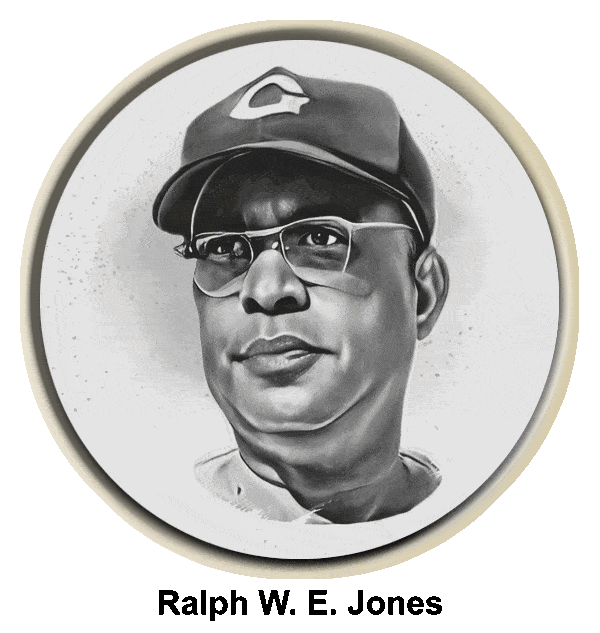












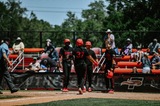







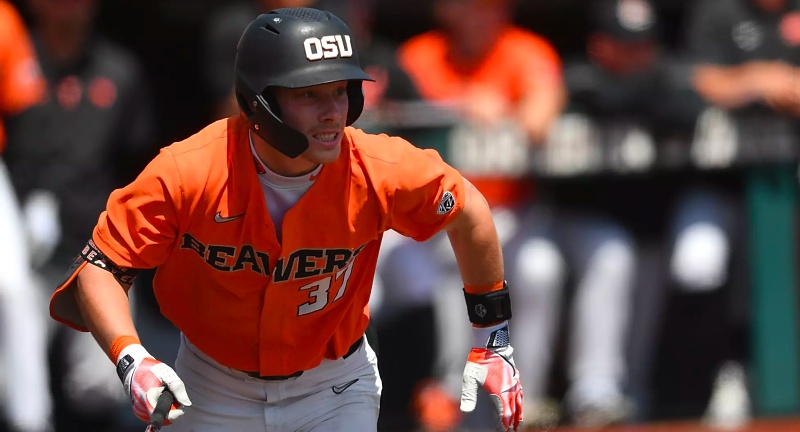

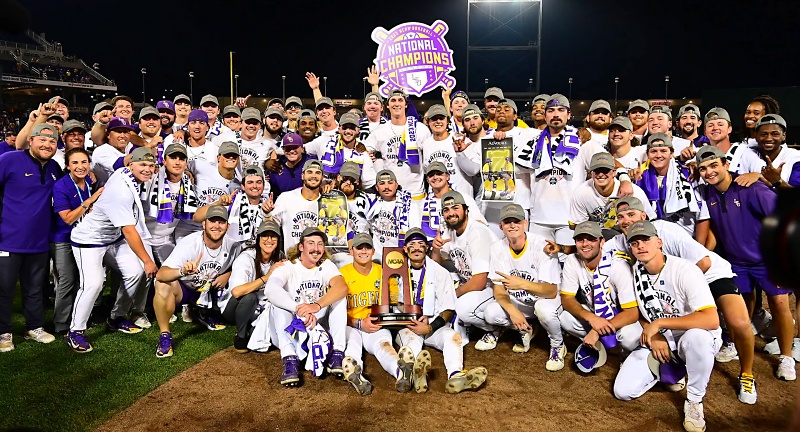








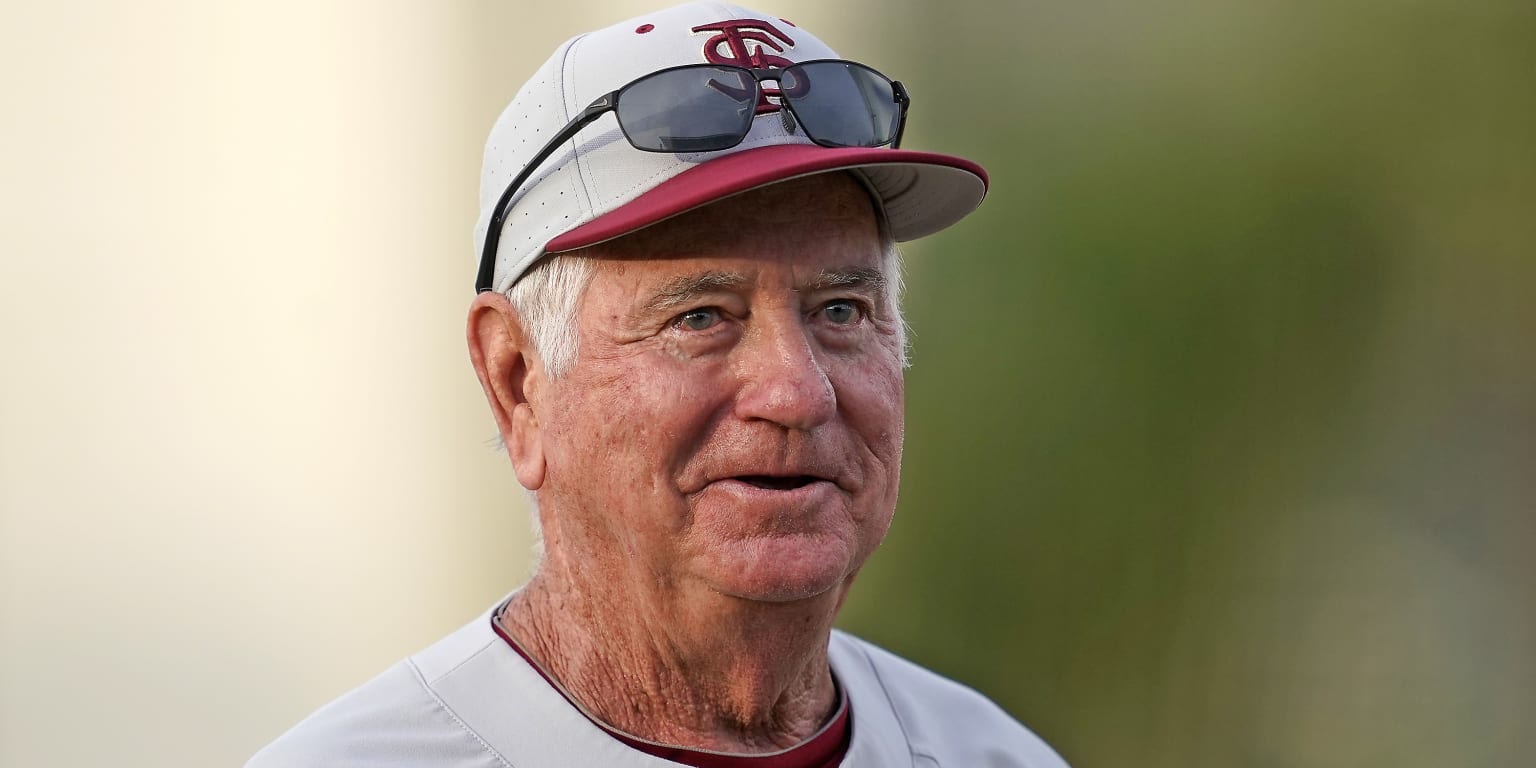















Love the story. Great work gentlemen..
Harold, you did a great job!
Coach Scott!